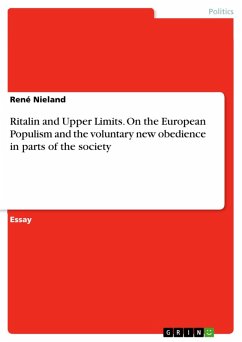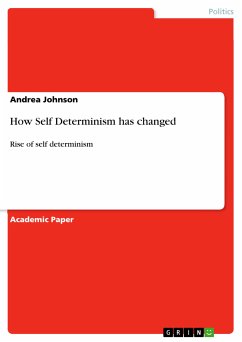Seminar paper from the year 2020 in the subject Politics - Other International Politics Topics, grade: 1,7, University of Potsdam, language: English, abstract: This paper aims to provide an insight into the current state of the municipal level in Hungary. The Eastern European states have entirely changed their state and administrative structures within a few decades. The post-communist transformation and Europeanization played a crucial role in this process. After the fall of communism in 1989/90, the former Soviet states attempted to democratize the state apparatus by creating new institutions and implementing substantial decentralization. The administration of the states took on a significant role in this process. The decentralization of the administration was driven to prevent a concentration of power at individual institutions and to be able to implement reforms more quickly, effectively, and efficiently. Administrative decentralization was also reinforced during the accession phase to the EU. The Hungarian administration's decentralization was also the most pronounced of all post-communist states. Hungary gave the individual administrative units (especially the municipalities) a great deal of autonomy, strengthened their rights, and granted them a broad range of responsibilities. Because of Hungary's significant role, the following paper will examine the Hungarian administration's current state. However, the complete Hungarian administration would go beyond the scope of this paper. The study will therefore focus on only one administrative area: local government. The reason for this is straightforward. In recent years, one could see a tendency in Europe for local governments to be strengthened. Hungary is an exception. In Hungary, the local government has fallen the most compared to other European countries. Simultaneously, municipalities played a significant role in both the reforms after the post-communist transformation and the Europeanization during the accession phase.
Dieser Download kann aus rechtlichen Gründen nur mit Rechnungsadresse in A, B, BG, CY, CZ, D, DK, EW, E, FIN, F, GR, HR, H, IRL, I, LT, L, LR, M, NL, PL, P, R, S, SLO, SK ausgeliefert werden.









